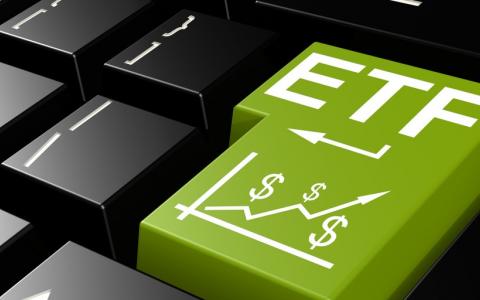
(ETF.com) -- The old adage of “no risk, no reward” still circulates on Wall Street when it comes to investing capital.
However, ETFs are helping to ease the minds of investors through minimizing risk while capturing the returns when markets rise.
How safe are ETF investments? All investments come with a degree of risk, but there are certain ETFs that will be less risky than others.
Safety Via Diversification
Stocks consist of shares or fractional ownership of a particular company, whereas the ETF owns underlying assets and divides ownership of those assets into shares. As such, these shares can be bought and sold on a major exchange.
Furthermore, as opposed to ownership of a company, ETFs own the actual stocks themselves. As such, ownership of an ETF offers diversification advantages compared to single stocks.
Stocks are exposed to all of the risk associated with ownership of that particular company. Conversely, an ETF that purchases a mix of stocks or other assets will have less risk exposure.
This diversification benefit can span through all asset classes. For example, if an investor wants to invest in a commodity like oil, he or she can invest in an oil ETF, which won’t be subject to the wild price swings of investing in spot oil.
Safety Through Index-Tracking
Because an ETF can track an index, it can be passively-managed. This translates to lower costs to investors when compared to mutual funds, which are typically actively-managed.
Actively-managed mutual funds carry greater operating costs because they have to pay analysts and other research specialists. The lower costs of ETFs show in their expense ratio, which is the cost to run the fund.
An ETF is a type of security that tracks an index, bonds, commodities, currencies, or a mix of various asset classes. Because it is a type of fund as opposed to an individual stock, the ETF is more often than not compared to a mutual fund when weighing the pros and cons of various investment vehicles.
An ETF that tracks an index like the S&P 500 can be safe in that historically, the index has provided positive returns over the years.
Furthermore, since ETFs consist of various asset classes, investors can add more safety by adding safe-haven assets to an ETF portfolio. These assets can include bond ETFs or commodities like gold ETFs, which may help shield losses when the stock market experiences a downturn.
Risky ETFs
Of course, not all ETFs are deemed “safe.” Certain ETFs like leveraged ETFs carry a certain degree of risk since their returns can generate two or three times the index it tracks.
Conversely, this can work in the opposite direction when the index it tracks starts to fall. This would mean that the losses an investor experiences in leveraged ETFs will increase by two or three times, depending on the fund.
Leveraged ETFs utilize debt in order to increase the amount invested in the underlying assets.
As such, the goal is to use leverage in order to generate amplified returns.
For example, if an index gains 5%, then a leveraged ETF tracking that index with triple the leverage would equate to a 15% gain.
Unfortunately, when the index experiences a loss of 10%, that same ETF with triple leverage would mean a 30% loss.
Because of their higher risk, leveraged ETFs should only be used by more advanced investors who are using an intraday trading strategy.



